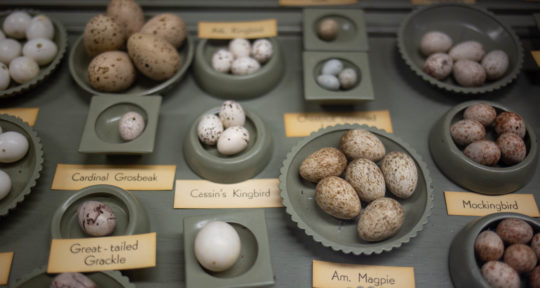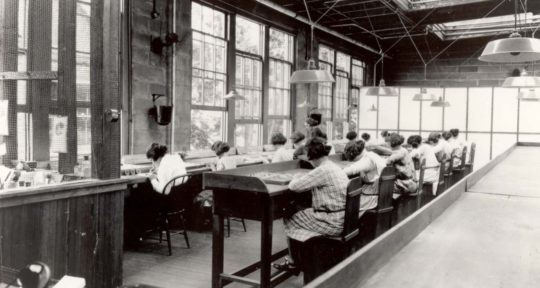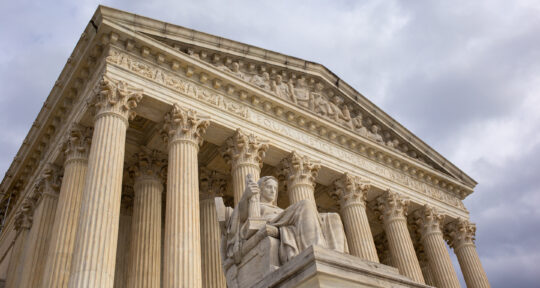A century and a half ago, Central New York was a hotspot for political and social reform movements. A sizable number of Quakers, a group known for their pacifism and opposition to slavery, called Western New York home. Abolitionist activities, while dangerous, were openly practiced in the region.
While the territory of the Haudenosaunee Confederacy (more commonly known as the Iroquois Confederacy) covered most of present-day New York state long before the arrival of Europeans, the Quakers lived in relative peace with their Native neighbors. The knowledge exchange and relationships between the Haudenosaunee and early women’s rights leaders is often omitted from the historical narrative, but it was in this climate that the lions of the movement—including Elizabeth Cady Stanton, Lucretia Mott, and Susan B. Anthony—lived, worked, and gathered to share ideas.
A closer look at the Central New York region offers a glimpse into the social exchange that is increasingly recognized as an influence for early American feminists. As I tour the landmarks dedicated to the early women’s movement throughout the area, I find myself feeling both grateful for the lessons I learn from the women who came before me and disheartened that much of what they struggled against is still an issue more than 150 years later. But I am reminded of a quote by another American leader, Dr. Martin Luther King Jr, who said, “The arc of the moral universe is long, but it bends towards justice.”
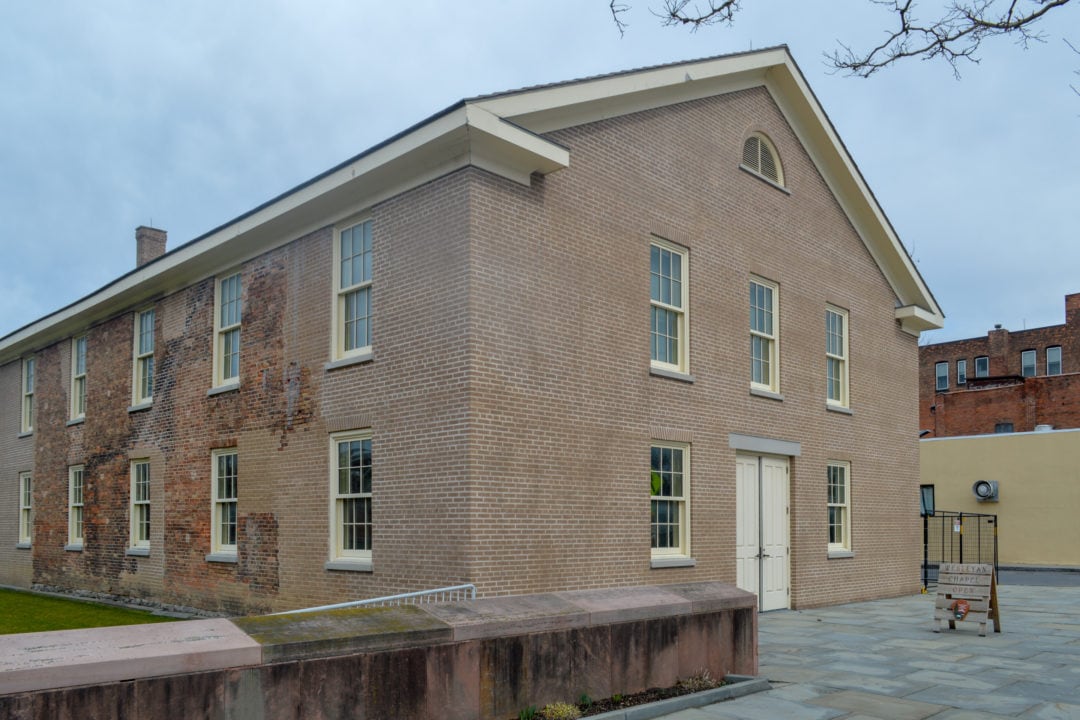
Seneca Falls
Late winter in Central New York is fickle. The temperature swings between teasing spring and freezing within the same day and, as the weather warms, steady snow storms are replaced with steady rain showers.
Like many nearby towns, the main drag of downtown Seneca Falls is charming, if a bit past its prime. Stout buildings boast large, street-level picture windows, showcasing wares and services for sale, while the upper floors include rows of side-by-side windows. The walk through downtown is picturesque, and it’s clear why some claim Seneca Falls is the inspiration for the fictional town of Bedford Falls in It’s a Wonderful Life (1946).
Fall Street is one of the main roads running through downtown. For the most part, it travels parallel to the waterways connecting the Seneca and Cayuga Lakes, two of the 11 bodies of water that make up Central New York’s Finger Lakes. At the corner of Fall and Mynderse Streets sits Wesleyan Chapel, perhaps the most famous of all the landmarks associated with the women’s suffrage movement.
Built in 1843, this unassuming building would become the site of the First Women’s Rights Convention, also known as the Seneca Falls Convention, a mere five years later in July of 1848. The modest brick chapel is now part of the Women’s Rights National Historical Park, managed by the National Park Service, and one of the stops along the state’s Women’s Heritage Trail.
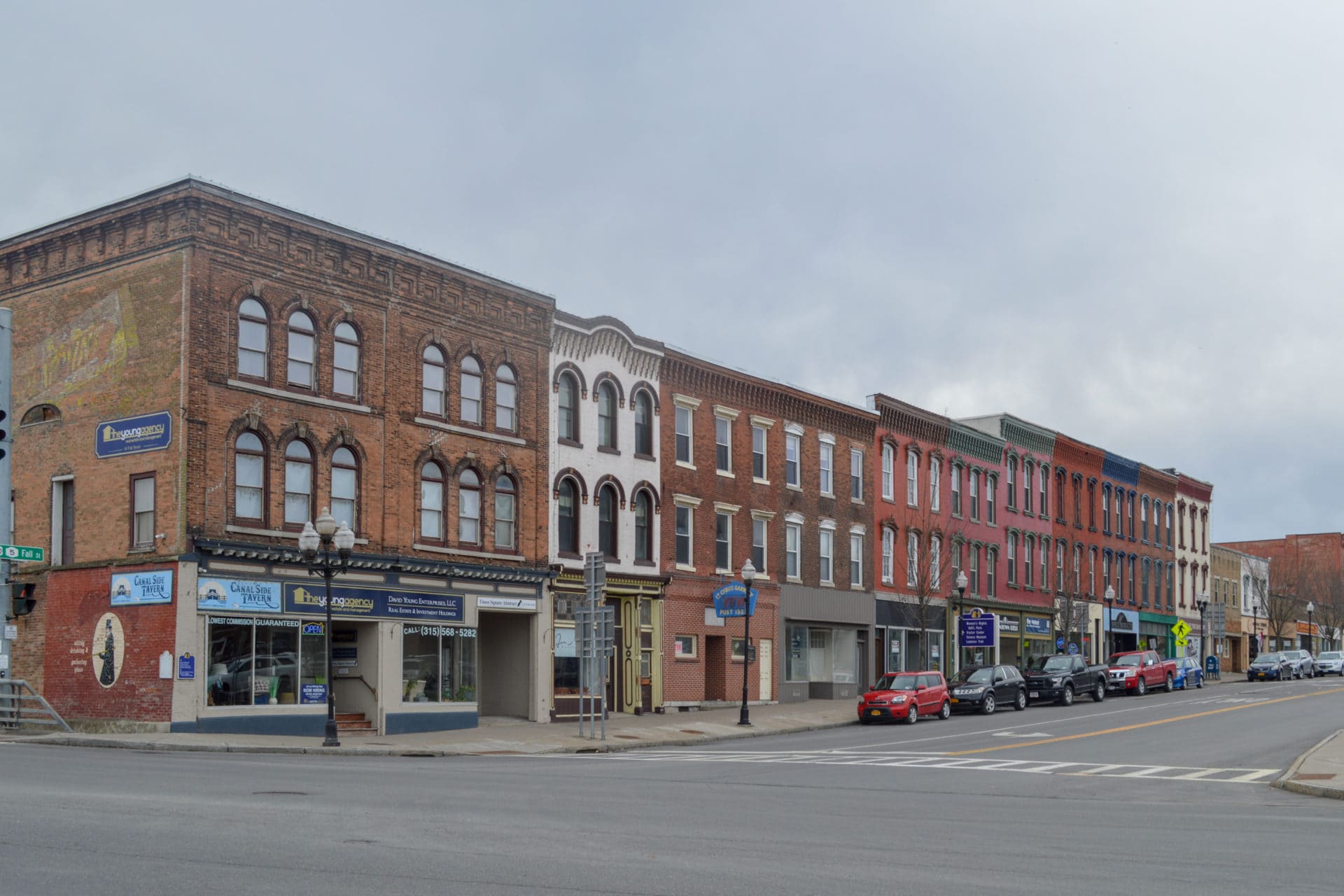
A contentious convention
The Seneca Falls Convention was the culmination of decades of reform movements taking place in the United States at the time, including the Second Great Awakening, abolitionist activities, and a growing desire for many women to exert more control over their own lives.
While the convention was organized by a number of women, Elizabeth Cady Stanton and Lucretia Mott are the most well-known and remain enduring symbols of early American feminism. The goal of the convention was to “discuss social, civil, and religious condition and rights of women” and during the two-day event, a number of resolutions were introduced, including the right to vote.
While women’s suffrage would eventually become a flashpoint in the struggle for women’s rights, it was the one resolution that did not pass unanimously at the convention. It was only after Frederick Douglass, the only black person and one of the few men in attendance, gave an impassioned speech in favor of women’s right to vote that the resolution gained enough traction to pass.
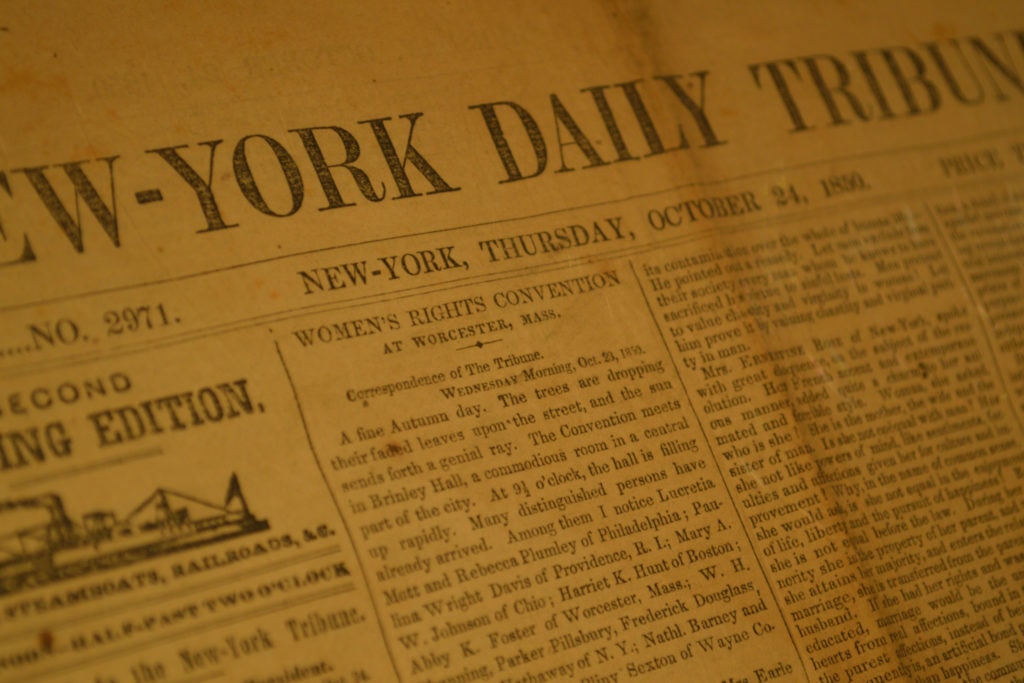
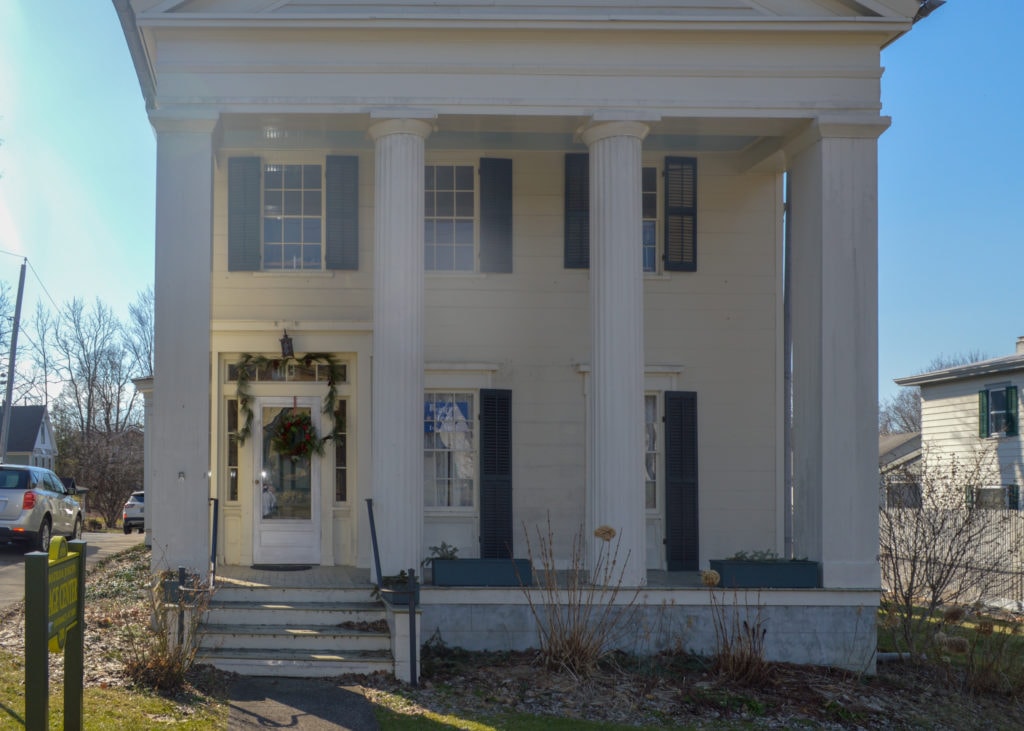
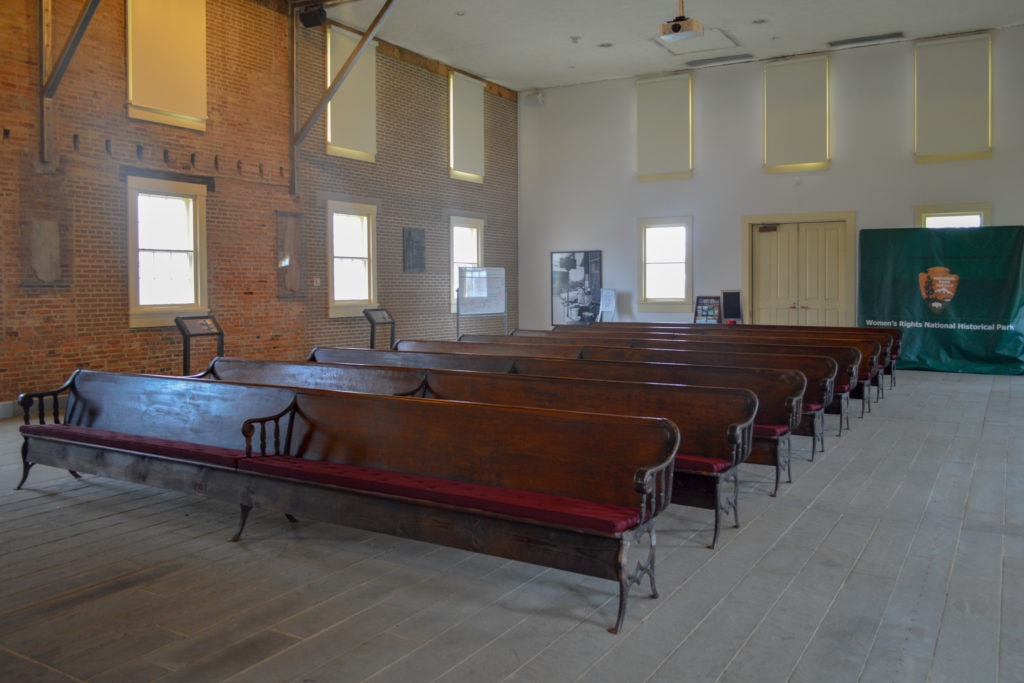
The convention received widespread attention with the majority of news outlets reporting derisive accounts of the event. One journalist went as far as to call the gathering “a monstrous injury to all mankind.” Despite mocking reports, the success of the convention was solidified and, in the following decade, conventions were held annually throughout New York and other nearby states. It wasn’t until August 18, 1920, that the 19th amendment finally granted most women the right to vote.
Matilda Joslyn Gage
While radical for its time, the early women’s rights movement has long been criticized for a revisionist white history, where voices of Black and Indigenous women have been silenced. One organization actively working to change this narrative is the Matilda Joslyn Gage Foundation.
Matilda Joslyn Gage was particularly radical for her time, as both a lifelong supporter of Indigenous rights and an unwavering advocate for equal voting rights for people of all races. This focus on universal voting rights put her at odds with more conservative pro-women’s suffrage organizations and individuals, including Susan B. Anthony.
Located about 10 miles east of Syracuse, the Matilda Joslyn Gage Foundation has restored Gage’s home in Fayetteville, New York. In addition to providing educational programs and maintaining a library of historic writings, the foundation includes a small museum open to the public. While Gage is a lesser-known figure in the women’s rights movement of the mid-19th century, the collection of work at the museum highlights her contributions to the cause.
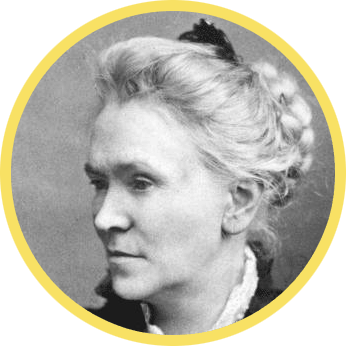
The foundation allows visitors to walk through the first level of Gage’s home with rooms dedicated to her abolitionist work, her stance on women’s rights, and, especially toward the end of her life, her focus on religious freedom. The museum also stresses the role of the Haudenosaunee people in influencing Gage and other early feminist leaders.
The museum’s office manager, Melissa Almeyda, says that Haudenosaunee women enjoyed freedoms that their Euro-American counterparts could only dream of, including custodial rights to their children, personal property rights, and political authority. Dr. Sally Roesch Wagner, the founder and executive director of the foundation, has elaborated on the parallels between Haudenosaunee culture and the change early feminist thinkers advocated for in numerous scholarly writings. Wagner notes that, given the geographic proximity and relationships between leaders of the women’s rights movement and members of the Haudenosaunee, the influence is undeniable.
Almeyda stresses the continued relevance of Gage’s work today. Like Anthony, Gage would not live to see the reality of women’s suffrage. She died in 1898, at the age of 71. Although her body was cremated, a memorial stone was erected in the Fayetteville Cemetery, near the foundation. The stone is inscribed with the words: “There is a word sweeter than Mother, Home or Heaven. That word is Liberty.”

